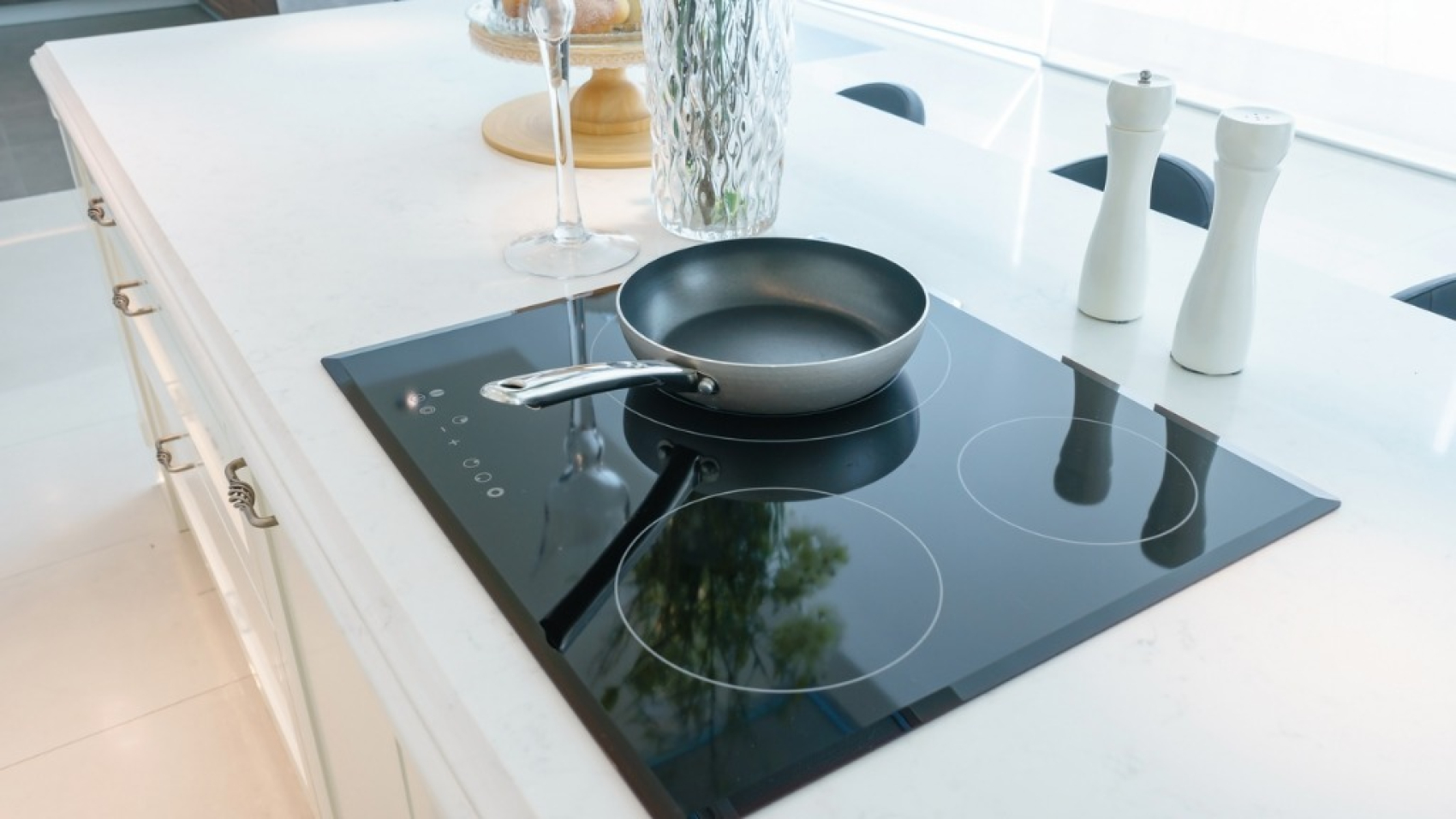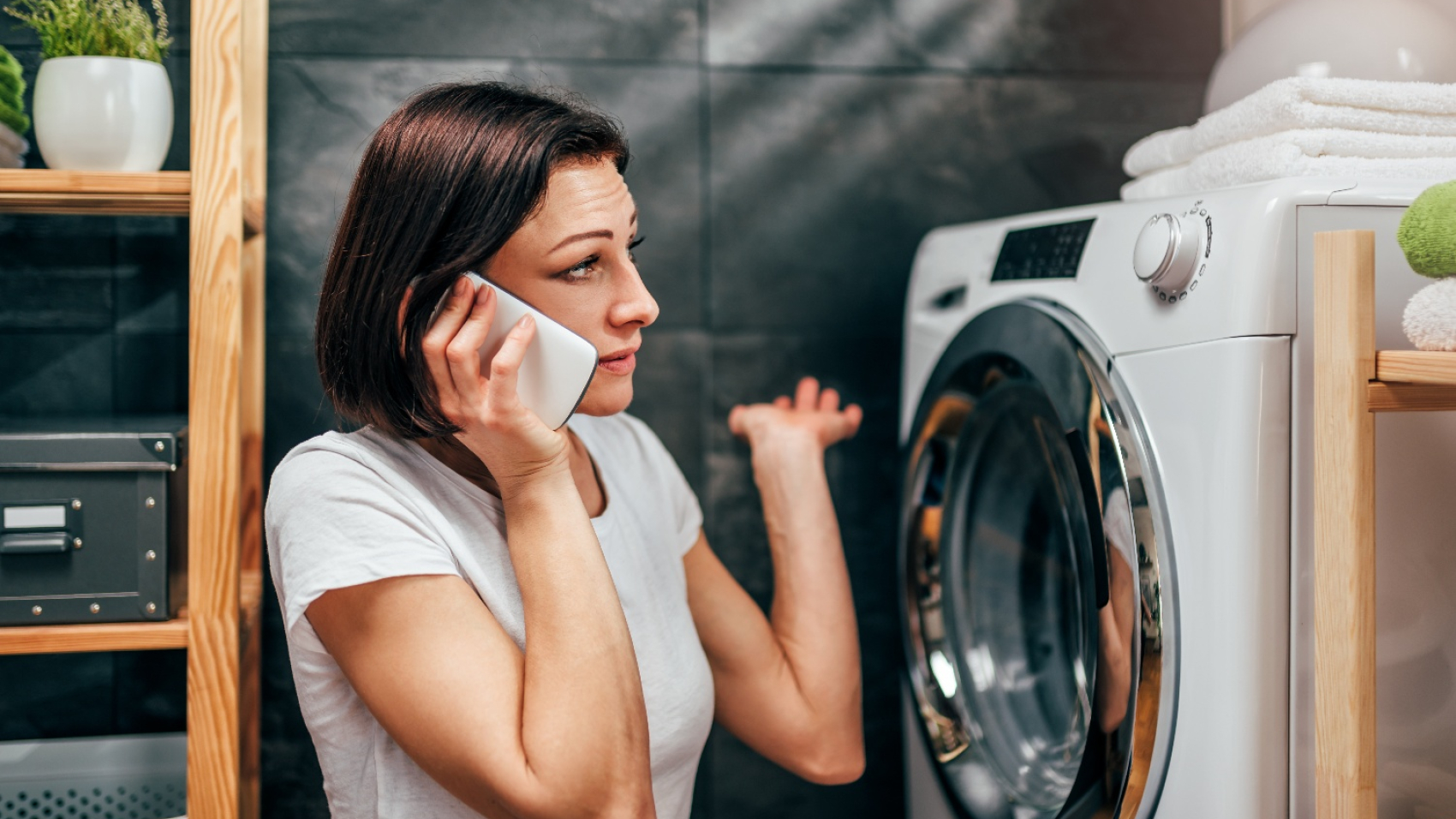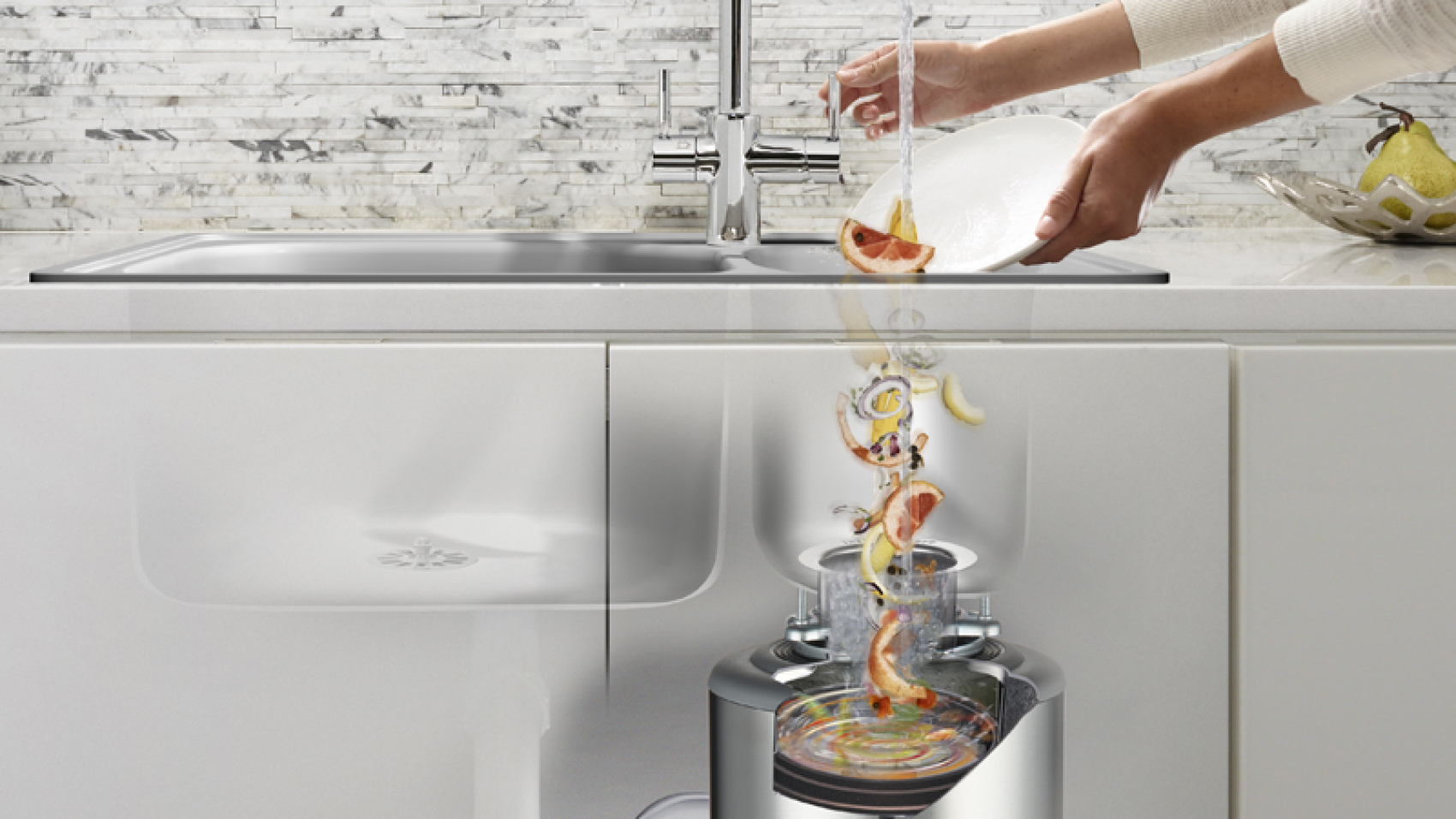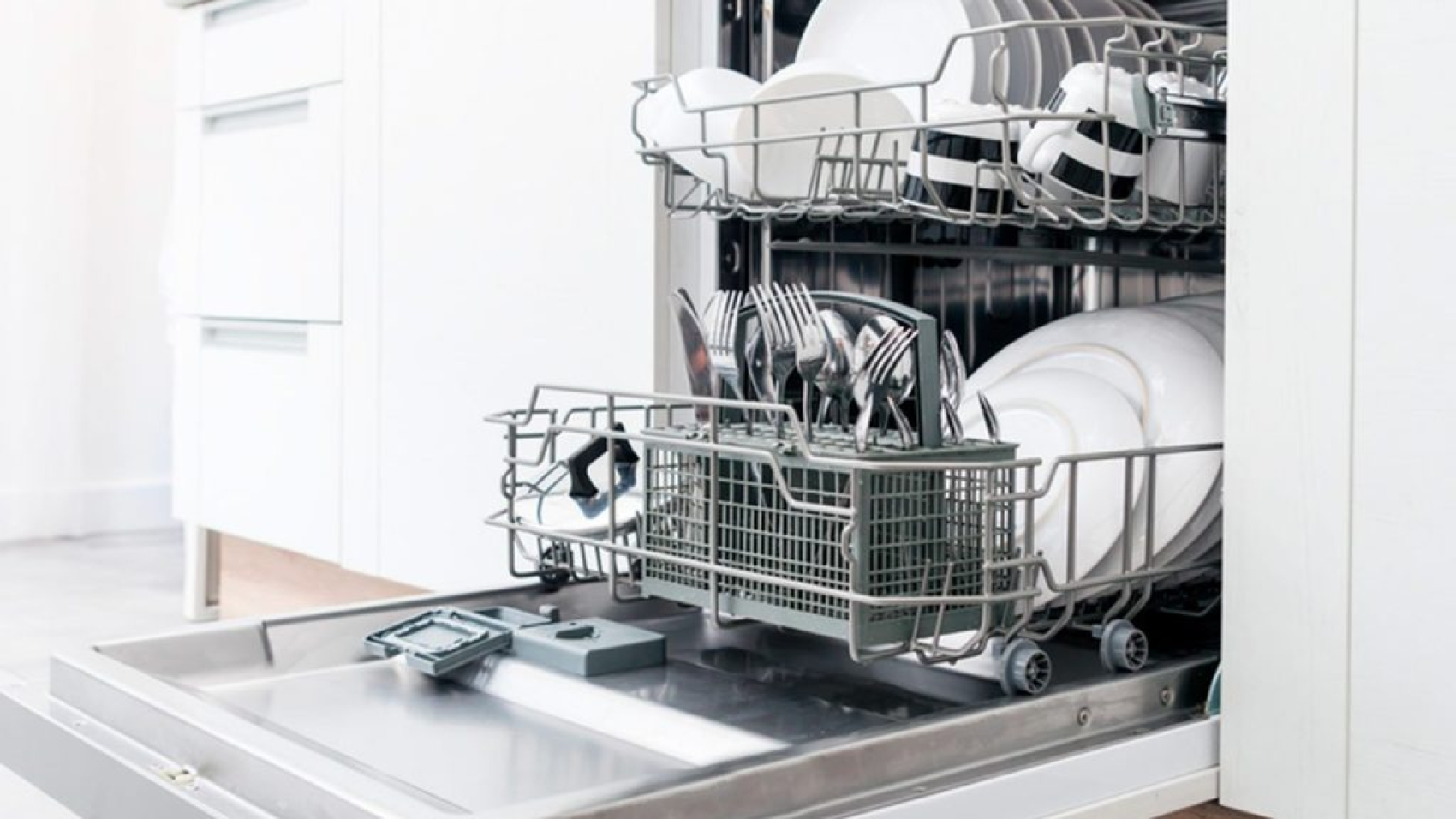Guide To Use Glass Stove In The Right Way
Using a glass stove can be a great way to cook food, but it requires some special care and attention to prevent damage and ensure optimal performance. Here are some tips to help you use a glass stove in the right way:
- Check the Cookware
- Clean Regularly
- Use Low Heat
- Avoid Dragging Cookware
- Use Cookware Covers
- Cool Down before Cleaning
- Use Protective Covers
1. Check the Cookware
When using a glass stove, it is important to check that your cookware is suitable for use on the surface. Here are some things to keep in mind:
1. Use heavy-bottomed pots and pans with a flat surface. These distribute heat evenly and help prevent scratching of the glass surface.
2. Avoid using cookware with rough or warped bottoms, as these can scratch or damage the glass.
3. Make sure the bottom of the cookware is clean and free of debris, as particles can scratch the glass surface.
4. Consider using cookware with a smooth, polished bottom, as this can help prevent scratching.
5. Check the manufacturer’s instructions to ensure the cookware is suitable for use on a glass stove.
By choosing the right cookware and taking care when placing it on the glass surface, you can minimize the risk of damage to your glass stove.
2. Clean Regularly
Cleaning your glass stove regularly is an important part of maintaining its performance and appearance. Here are some tips for cleaning your glass stove:
- Wait until the stove has completely cooled down before cleaning. This will prevent any cleaning products from evaporating too quickly and damaging the surface.
- Use a soft, non-abrasive cloth or sponge to clean the glass surface. Avoid using steel wool or other abrasive materials, as these can scratch the surface.
- Apply a small amount of mild detergent or specialized glass cleaner to the cloth or sponge, and wipe down the surface in a circular motion. Avoid spraying the cleaner directly onto the surface, as this can cause it to spread to areas you don’t want it to go.
- Rinse the cloth or sponge and wipe the surface again to remove any residue.
- For stubborn stains, consider using a specialized glass cooktop cleaner or a paste made from baking soda and water.
- Once you have finished cleaning the surface, wipe it down with a dry cloth to remove any remaining moisture.
By cleaning your glass stove regularly with the right materials, you can help prevent discoloration and damage to the surface, and keep it looking great for years to come.
3. Use Low Heat
When using a glass stove, it is important to use low to medium heat settings to avoid damaging the glass surface. Here are some tips for using the right heat settings on your glass stove:
- Start with a low heat setting and gradually increase the temperature as needed. This will help prevent rapid temperature changes that can cause the glass to crack or shatter.
- Avoid using high heat settings, as these can damage the glass surface and cause discoloration.
- Use a pot or pan that is appropriate for the size of the burner. This will help distribute heat evenly and prevent hot spots.
- Avoid placing cold or frozen food directly onto the hot surface, as this can cause the glass to crack or shatter.
- Use cookware with a heavy, flat bottom to help distribute heat evenly and prevent scratching of the glass surface.
By using the right heat settings and following these tips, you can help prevent damage to your glass stove and ensure optimal performance.
4. Avoid Dragging Cookware
Dragging cookware across the glass surface of your stove can scratch or damage the glass. Here are some tips for avoiding this:
- Lift and move cookware carefully instead of dragging it across the surface. This will help prevent scratching and damage to the glass.
- Use pot holders or oven mitts to lift and move hot cookware to avoid burning your hands or dropping the cookware.
- Avoid using cookware with rough or uneven bottoms, as these can scratch or damage the glass surface.
- Consider using a silicone mat or other protective covering on the glass surface to help prevent scratches when placing or removing cookware.
By taking care when moving cookware on your glass stove, you can help prevent scratches and damage to the glass surface, and keep it looking great for years to come.
5. Use Cookware Covers
Using cookware covers is a good practice when cooking on a glass stove. Here’s why:
- Cookware covers help trap heat and steam, allowing you to cook food more efficiently and evenly.
- By using a cover, you can prevent splatters and spills that can cause stains or damage to the glass surface.
- Cookware covers help prevent food from drying out or burning by keeping moisture in the pot or pan.
- Using a cover can also help reduce the amount of time it takes to cook your food, which can save energy and reduce your utility bills.
When using a cover, make sure to use one that fits the cookware properly and is made of heat-resistant material. Avoid using covers made of materials that can scratch the glass surface, such as metal or rough plastic. By using cookware covers on your glass stove, you can help protect the surface from damage and keep it looking great for longer.
6. Cool Down before Cleaning
- Cleaning a hot glass stove can be dangerous, as you risk burning your hands or coming into contact with hot surfaces that can cause injury.
- Cleaning a hot stove can also cause cleaning products to evaporate too quickly, reducing their effectiveness and potentially damaging the glass surface.
- Allowing the stove to cool down before cleaning can help prevent streaking or other cosmetic issues that can occur when cleaning a hot surface.
To ensure that your glass stove is completely cool before cleaning it, wait at least 30 minutes after turning off the heat. You can also check the surface with your hand to feel for any residual heat. Once the stove has cooled down completely, you can safely and effectively clean it using the tips mentioned earlier.
7. Use Protective Covers
Using protective covers on your glass stove is a good way to help prevent scratches, chips, and other damage to the surface. Here are some tips for using protective covers:
- Use a cover that is specifically designed for use with glass stoves. These covers are made from heat-resistant materials that won’t scratch or damage the glass surface.
- Make sure the cover is the right size for your stove. A cover that is too small may not provide adequate protection, while a cover that is too large may be difficult to handle and could pose a safety risk.
- When placing the cover on the stove, make sure it is positioned correctly and doesn’t shift or move around. This will help prevent scratches or other damage to the glass surface.
- Clean the cover regularly to prevent the buildup of food debris or other materials that could scratch the glass surface.
- Consider using a cover when cooking foods that are prone to spattering, such as fried foods or sauces. This will help prevent stains and damage to the glass surface.
By using a protective cover on your glass stove, you can help prevent damage and keep the surface looking great for years to come.




